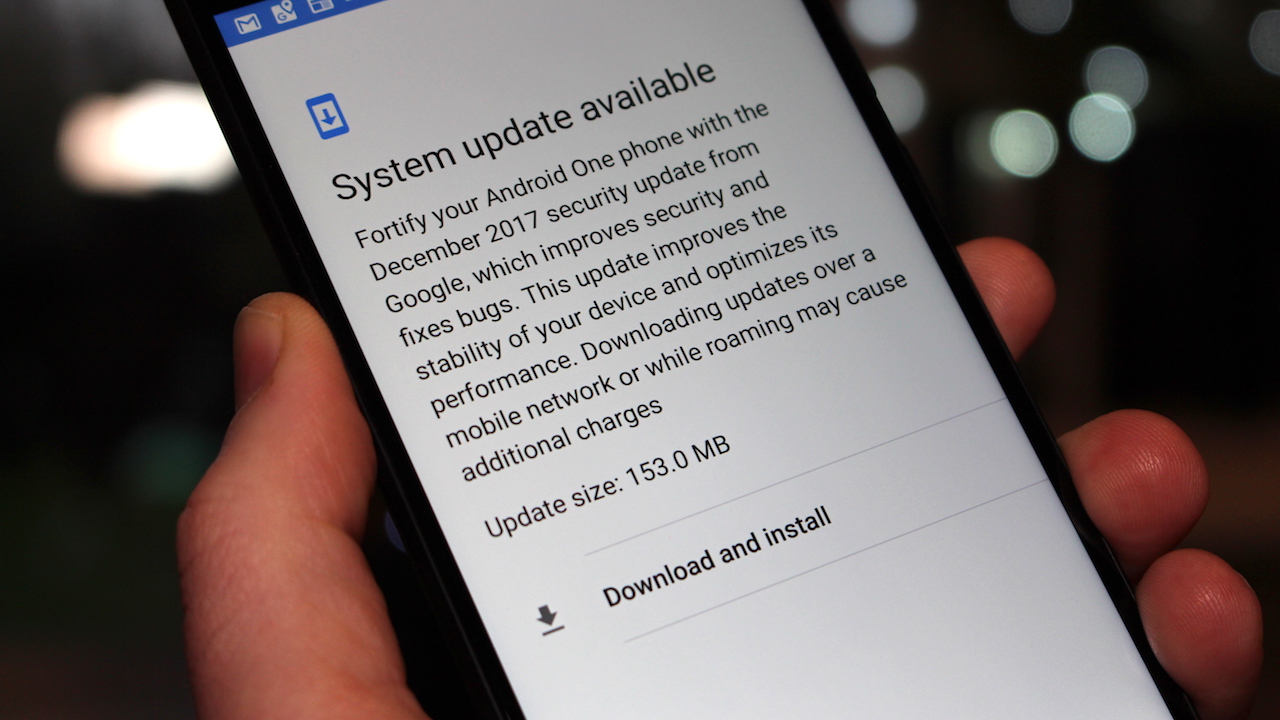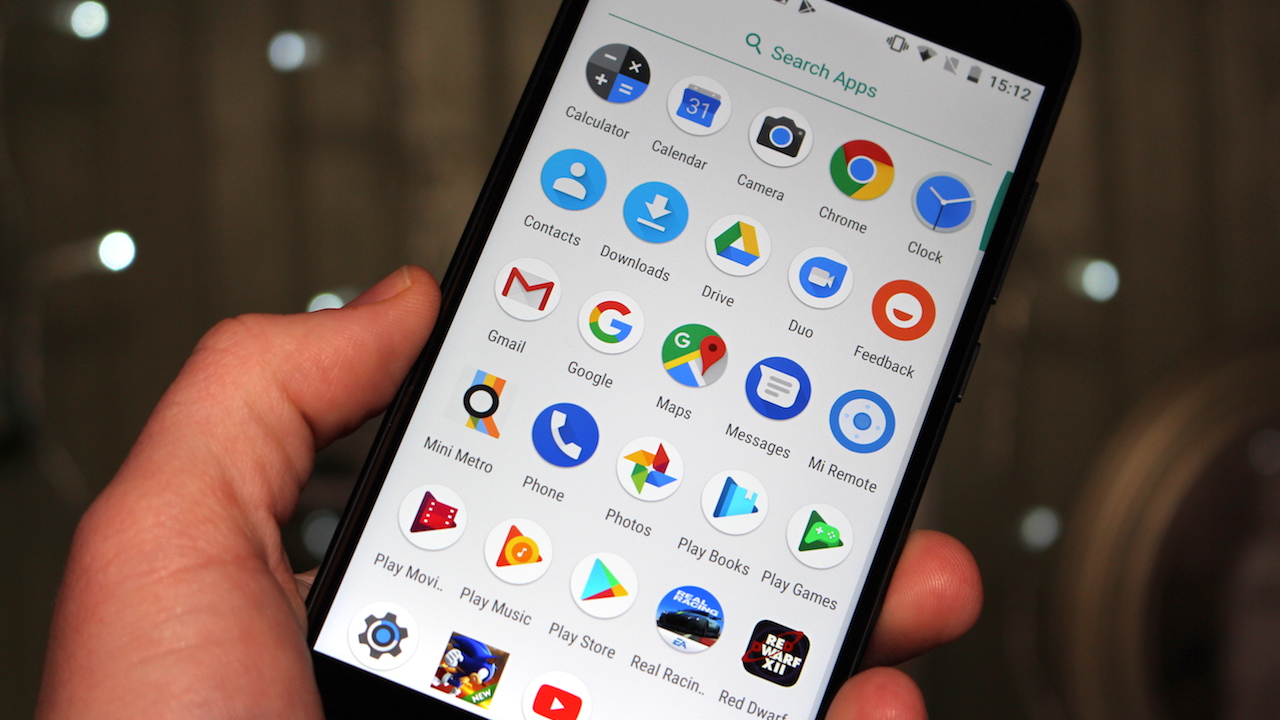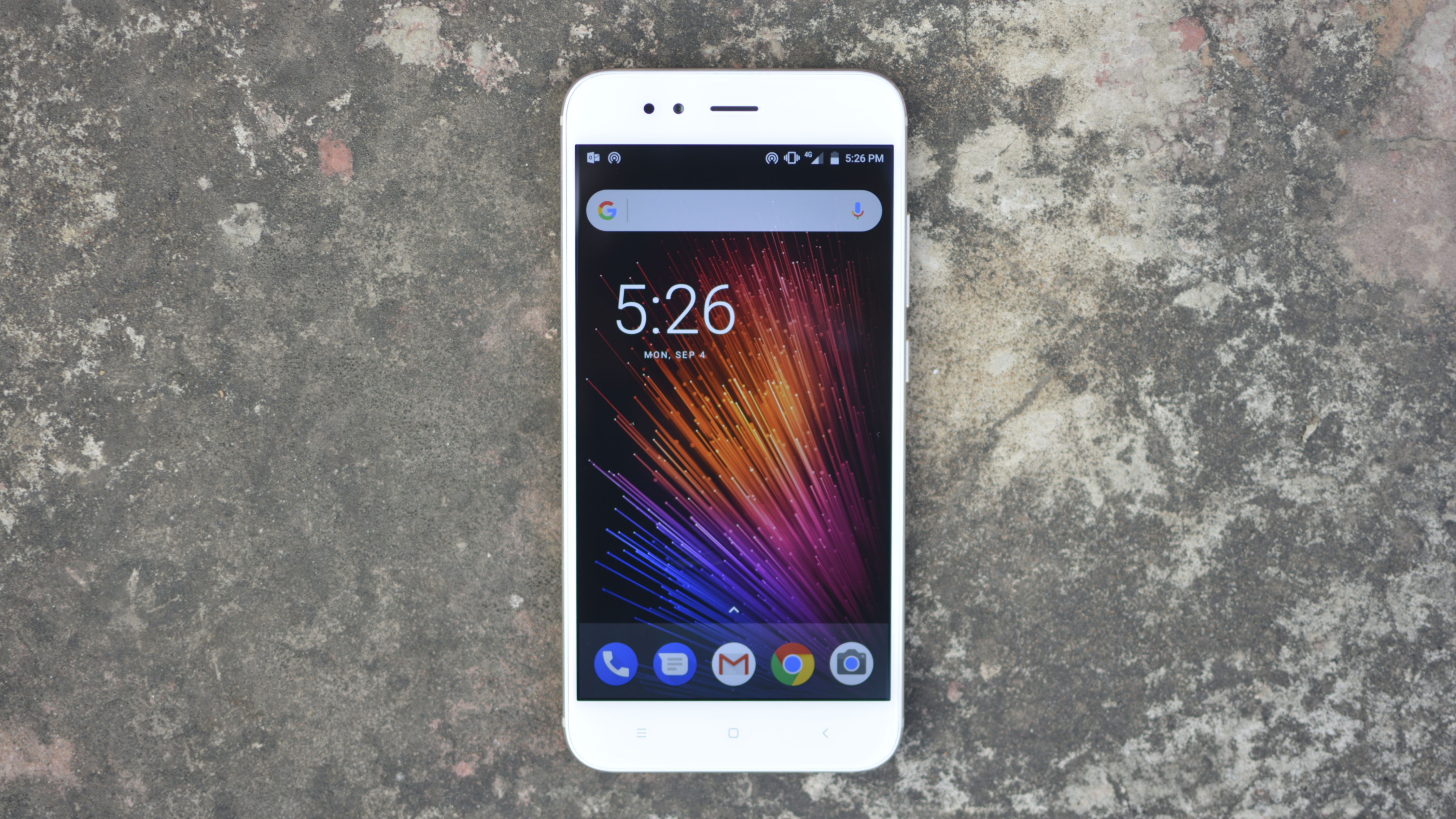Why you can trust TechRadar
Interface and performance
- Uses a Snapdragon 625 octa-core chipset with 4GB of RAM
- Pure Android and decent internals mean a slick, smooth experience
Google's Android One program was created to do two things – produce affordable "benchmark" phones for emerging markets and to reduce software fragmentation, the result of which is many devices running outdated OS versions which could be potential security hazards.
This first drive of the program fizzled out largely because companies like Xiaomi raised the bar for budget Android smartphones, producing handsets like the Redmi range which boasted flagship hardware features and rendered the first wave of Android One phones obsolete.
We truly are getting the best of both worlds with the Mi A1. Google’s fluid Android experience combines with Xiaomi's phone-making smarts to offer a low-cost handset packed with flagship selling points.
While there are other manufacturers that offer a stock Android UI, the difference with the Mi A1 is that as part of the Android One line, firmware updates are handled directly by Google.

The phone is currently on Android Nougat, but the search giant is promising an update to Oreo in the near future and security updates on a timely basis.
Software wise, this is clean, unadulterated Android with no software modification, aside from the camera app, which we'll come to shortly. This means the excellent Google Assistant comes baked in, and Google Now rests on your left-hand home screen by default.
Aside from Xiaomi's feedback application, there are no other pre-installed apps outside of Google's own; it's a gloriously uncluttered experience all round.
The core hardware is largely similar to that of the Redmi Note 4, and performance is also on the same level. It contains a Qualcomm Snapdragon 625 octa-core chipset which has been built on a 14nm manufacturing process, 4GB of RAM, 64GB of storage and dual-SIM support.
Day-to-day performance is actually superior to the Redmi Note 4, thanks to the fact that this device is running pure Android with no other processes hogging up CPU time. The A1 goes one step further with the vanilla Android Nougat 7.1.2 Nougat experience running in tow with Android One.

It feels perceptibly faster in general usage than the Redmi Note 4. Apps load up quicker and you can toggle between them faster, while multitasking is a breeze for basic things like WhatsApp, Facebook, YouTube, Gmail, Apple Music, browsing the web and Instagram.
We could have as many as 25 apps open at the same time and the phone wouldn't get warm or start misbehaving. This is a very solid smartphone in terms of performance and reliability, and a lot of that will come from the fact that it runs stock Android, with no OEM-created software to cause crashes or hang-ups.
In fact, day-to-day performance is so good that we'd even go as far as to compare it to the likes of the OnePlus 5T, even though it uses an inferior chipset and packs less RAM – that's the amount of optimization that's been done on a software level.
Of course, if you use the phones side by side, you may find the OnePlus 5T to be faster because it brute forces everything with its superior hardware, but for the average consumer that's not much of a concern, and it's important to remember that even the reasonably-priced 5T is twice the cost of the Mi A1.

Movies, music and gaming
- 10V amp means an above average audio experience
- 3D games run smoothly
- Washed out screen robs movies of impact
If you're talking about heavy-duty tasks like gaming then this phone hardly breaks a sweat, even on intense 3D games like Asphalt 8, Dead Trigger 2 and Nova 3. All three were incredibly playable, delivering very high-quality graphics.
The phone didn't heat up and nor did we see any crippling frame rate drops. Some of this will be down to the fact that the Mi A1 has a 1080p display, meaning there are less pixels to push around when compared to Android flagships.
If you plan to watch movies and TV shows on your handset then you might be disappointed by the screen, as that aforementioned "washed out" effect means some HD films don't pop in the way they perhaps should.
Interestingly, this phone also has a 10V amplifier which makes sure the audio experience is above average. The single mono loudspeaker is loud and clear and even when the headphones are plugged in, the sound quality is quite good. The call quality on the phone is above average.
